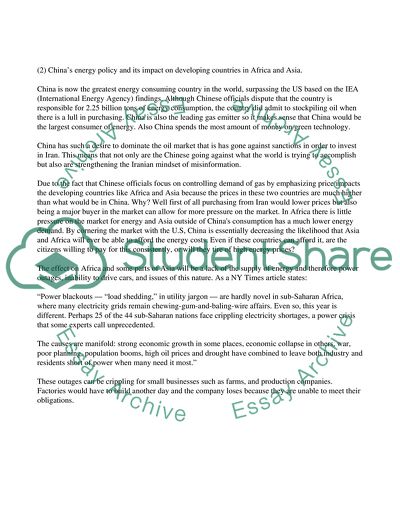Cite this document
(International Business in the Emerging Markets Assignment - 1, n.d.)
International Business in the Emerging Markets Assignment - 1. Retrieved from https://studentshare.org/macro-microeconomics/1752900-international-business-in-the-emerging-markets
International Business in the Emerging Markets Assignment - 1. Retrieved from https://studentshare.org/macro-microeconomics/1752900-international-business-in-the-emerging-markets
(International Business in the Emerging Markets Assignment - 1)
International Business in the Emerging Markets Assignment - 1. https://studentshare.org/macro-microeconomics/1752900-international-business-in-the-emerging-markets.
International Business in the Emerging Markets Assignment - 1. https://studentshare.org/macro-microeconomics/1752900-international-business-in-the-emerging-markets.
“International Business in the Emerging Markets Assignment - 1”, n.d. https://studentshare.org/macro-microeconomics/1752900-international-business-in-the-emerging-markets.


